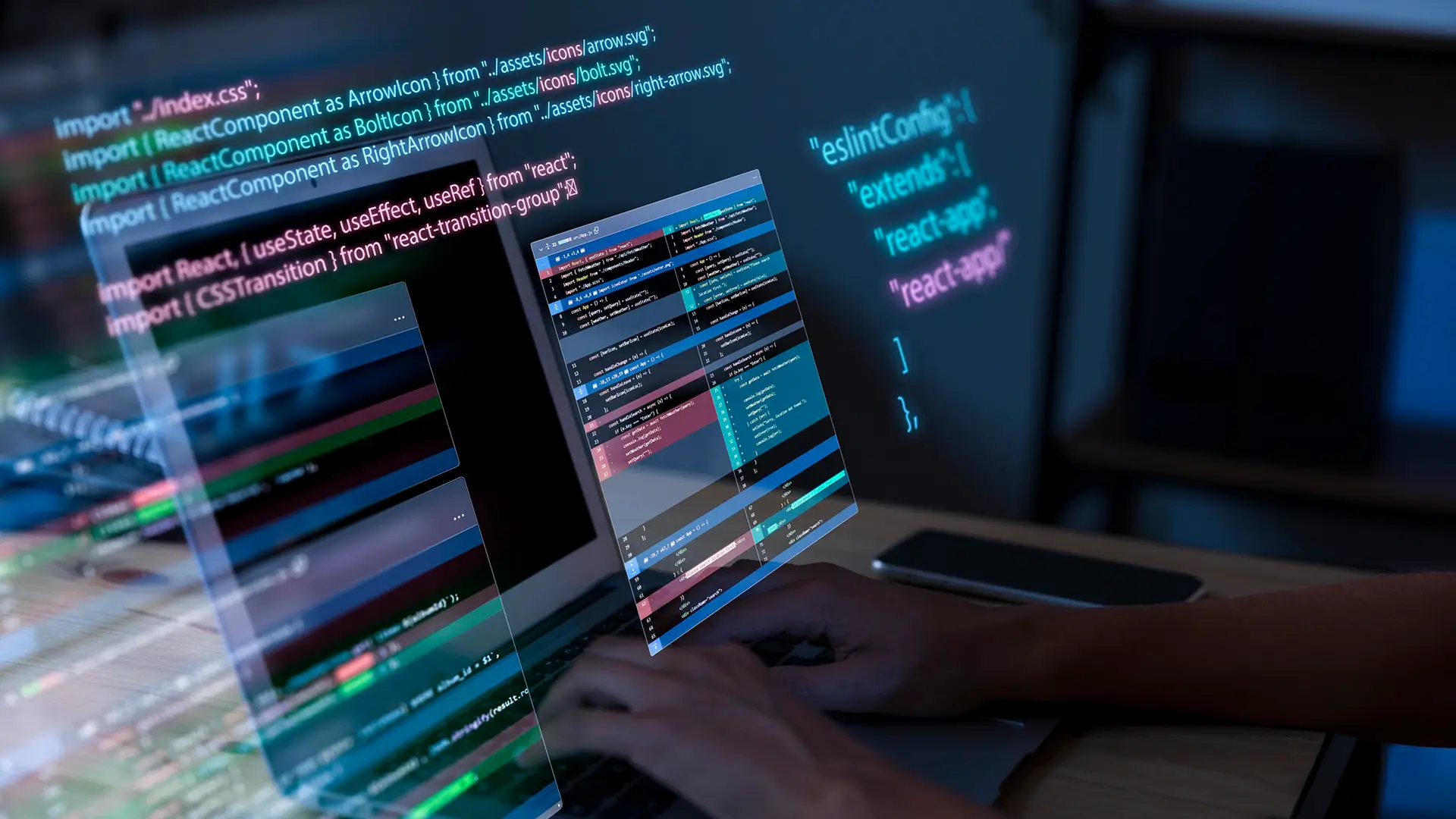Introduction
In software testing, it’s essential to verify that each new build is stable and that updates function as intended before conducting in-depth testing.
Two quick validation methods that help with this are smoke testing and sanity testing.
Both are designed to save time by identifying issues early; however, they serve different purposes and occur at different stages of the QA process. Understanding how they differ helps teams plan their testing more effectively.
What Is Smoke Testing?
Smoke testing is the first check performed after a new build is created. Its goal is to verify that the core features of the application work and that the build is stable enough for further testing.
It is a basic health check for the software where testers run a limited set of critical tests, such as opening the app, logging in, and navigating through the main sections to identify any issues that arise immediately.
If smoke testing fails, there’s no point in running deeper tests until the build is fixed. Passing smoke tests indicates that the build is ready for full functional or regression testing.
Example: After a new build of a banking app, QA runs smoke tests to verify that users can open the app, log in, and view their account dashboard without encountering errors.
How Smoke Testing Is Performed

Smoke testing typically happens early in the QA cycle to verify build stability before detailed testing begins. The process usually follows these steps:
1. Receive the Build
The development team shares a new build with the QA team for preliminary validation.
2. Identify Critical Test Cases
QA teams select a minimal set of test cases that cover core application functions, such as login, navigation, and main transactions.
3. Execute Tests
Tests are executed manually or through automation tools to check if essential workflows function correctly without crashes or major errors.
4. Evaluate Results
If all critical tests pass, the build is considered stable and ready for further testing. If failures occur, the build is rejected and sent back to developers for fixes.
5. Automate for CI/CD
In mature setups, smoke tests are integrated into CI/CD pipelines, allowing builds to be automatically validated after each code merge or deployment.
What Is Sanity Testing?
Sanity testing happens later in the testing cycle, when small changes are made to the code, such as adding minor enhancements, to confirm that the updates work as expected and haven’t broken other related areas.
Unlike smoke testing, sanity testing focuses on specific parts of the application rather than checking overall stability.
Example: If the development team fixes a transaction error in the payment flow, testers perform sanity testing on that specific function to confirm the fix works and the rest of the payment process remains stable.
How Sanity Testing Is Performed
Sanity testing is carried out after receiving a stable build that includes recent fixes or minor updates. It focuses on confirming that specific issues are resolved without introducing new problems. The process usually involves:
1. Identify the Scope of Fixes
Review the release notes or bug reports to understand which components or functionalities were updated or corrected.
2. Select Targeted Test Cases
Choose a small set of test cases related to the modified areas. These tests are usually derived from existing regression suites but limited to the affected features.
3. Execute the Tests
Run the selected tests manually or through lightweight automation to confirm that the reported issues are fixed and that related functions behave as expected.
4. Check for Side Effects
Validate that the fix did not break any dependent functionality within the same module or workflow.
5. Decide on Further Testing
If all sanity tests pass, the build moves forward to regression or full functional testing. If issues persist, the build is returned to developers for correction.
Key Differences Between Sanity and Smoke Testing
Way Forward
To make testing cycles more effective, QA teams should integrate smoke and sanity tests into their build validation process. Automating these tests helps identify unstable builds and confirm fixes early, reducing the time spent on rework.
Running these tests on real devices and networks through platforms like HeadSpin provides an added layer of reliability. It helps uncover issues caused by device variations, OS differences, or real network conditions, factors that emulators often miss. This approach ensures every build and fix is verified under conditions that match actual user experiences before release.
Strengthen Your QA Process with Reliable Smoke and Sanity Testing on HeadSpin! Explore HeadSpin Testing Platform.
FAQs
Q1. What is the primary purpose of smoke testing?
Ans: To verify the stability of a new build and decide if it’s ready for detailed testing.
Q2. What is the primary purpose of sanity testing?
Ans: To confirm that specific bug fixes or small changes work as expected.
Q3. Can sanity testing be automated?
Ans: It’s usually manual, as it focuses on targeted functionality; however, parts of it can be automated if test cases are repeatable.
Q4. Who performs smoke and sanity testing?
Ans: Typically, QA engineers perform both tasks, though in agile teams, developers may run smoke tests before handing over builds to QA.
Q5. What happens if a build fails smoke testing?
Ans: Testing stops until the development team resolves the critical issues that are causing the failure.



























.png)
















-1280X720-Final-2.jpg)






